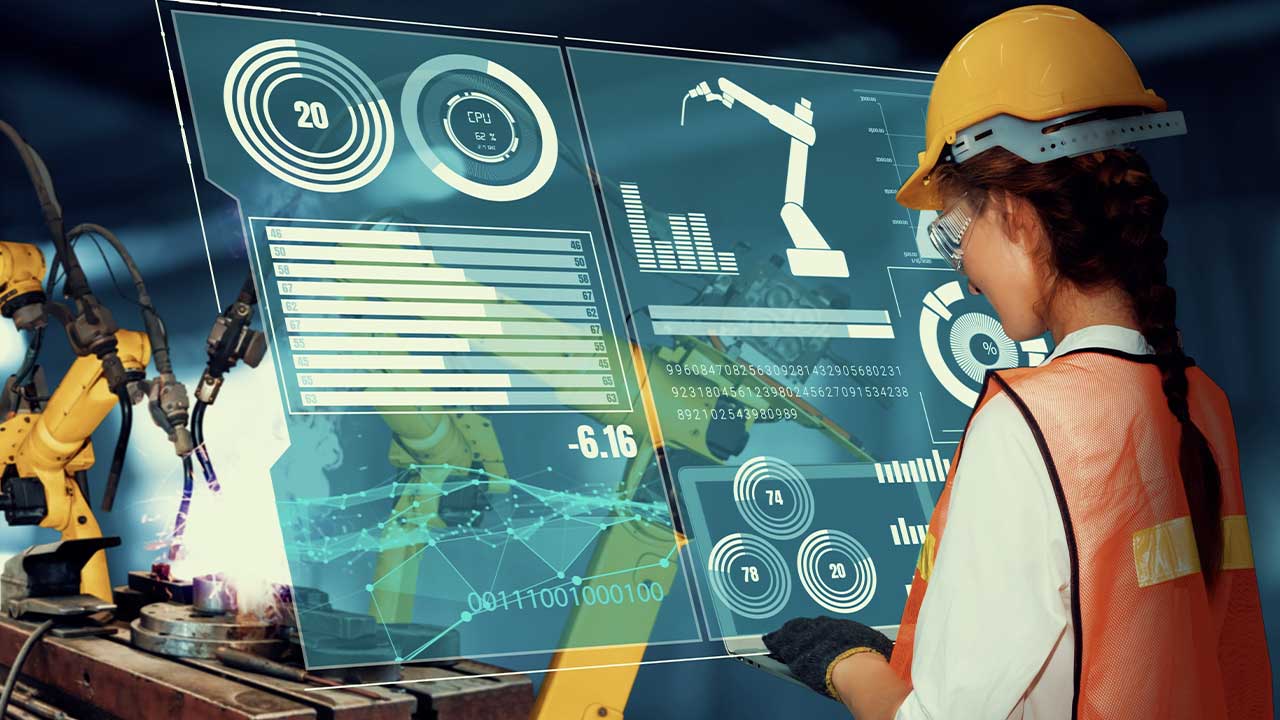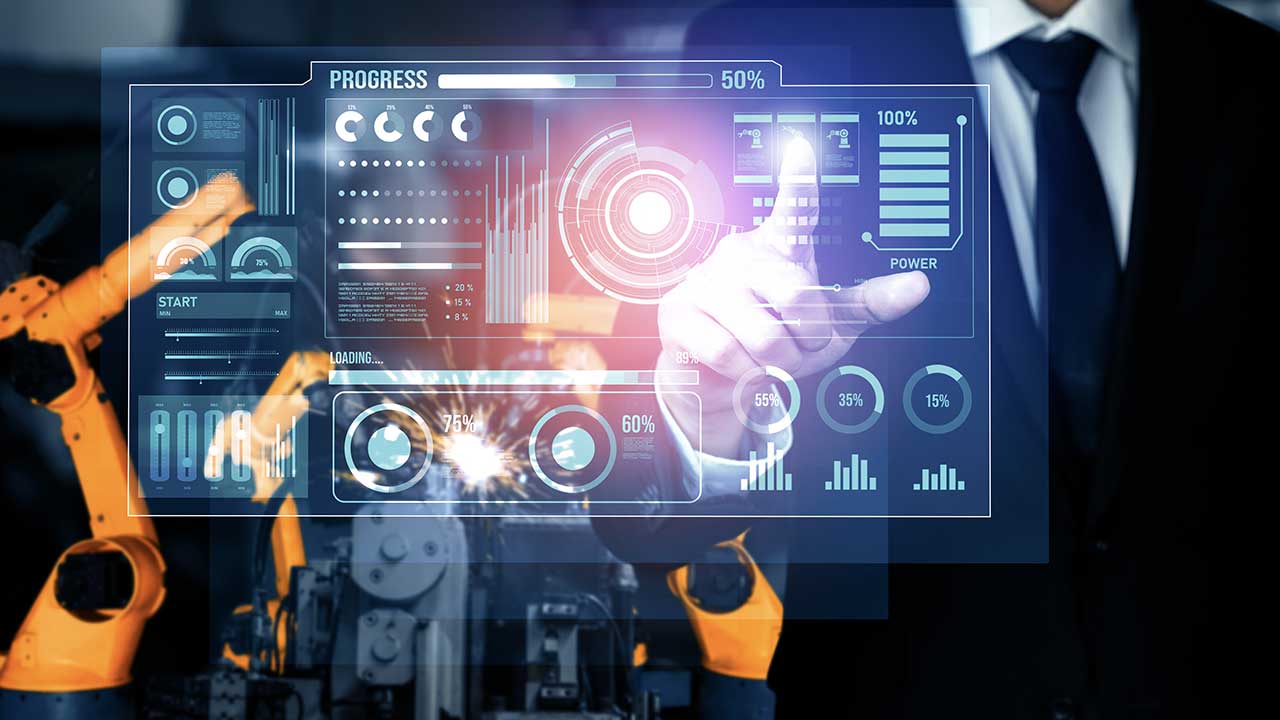ICS/OT Security Practitioners Agree. Your Technology Matters | SPONSORED
ICS/OT Practitioners Share Their Unique Requirements & Concerns
SANS released its annual ‘State of ICS/OT Cybersecurity’ report in October 2022. It reflects survey results from 332 ICS/OT organizations representing a range of industrial verticals.
According to respondents, their 2nd biggest challenge in securing OT technologies and processes is that “ traditional IT security technologies are not designed for ICS and cause disruption in OT environments.” [1] That certainly applies to Secure Remote Access for ICS/OT, the application for which XONA Systems has created a purpose-built solution. Find out top 10 reasons to implement a remote monitoring system leveraging IIoT.
This viewpoint is not surprising. In February 2022, SANS created an infographic[2] that cited the differences between cybersecurity for ICS/OT and IT environments. It offered guidance on defining the differences between cybersecurity defense methodologies, security controls, safety, impacts, skill sets, and the security missions for ICS/OT versus IT.
One example cited was the (likely) application of a popular remote access and control program named TeamViewer as the vehicle that unidentified cyber actors employed to compromise a U.S. Water Treatment facility.[3] TeamViewer is widely used in traditional IT environments to enable IT personnel to install/update software on a computer where administrative rights are withheld from the end-user out of security concerns.
Another challenge, according to SANS, is that “ICS/OT assets are often compared to traditional IT assets; however, traditional IT assets focus on data at rest or data in transit, while ICS/OT systems monitor and manage data that makes real-time changes in the real world with physical inputs and controlled physical actions.” As such, ICS/OT cybersecurity must support the safe operation of critical infrastructure, not the other way around. Further reading: Security is a shared responsibility between the end user and the cloud provider
Other findings:
- A compromise in IT is the #1 (40.8%) initial attack vector allowing threats into OT/ICS networks.
- Lowering risk/improving security and preventing information leakage are the #1 (53.6%) and #4 (29.1%) OT/ICS business concerns.
- Operator assets, such as a human-machine interface (HMI) or operator workstations, are considered one of the control system components at greatest risk (#2 at 43% – up from 32% in 2021) and one of the control system components with the greatest (negative) impact if compromised and exploited (also #2 at 39.8%).
- Once safety risks and operational impacts from a cyberattack are seen, it’s too late.
Of note is the viewpoint that “ICS security is not a ‘copy/paste’ of IT security. That there’s a misconception that IT security practices can be directly applied to ICS environments.” Although a wealth of knowledge is available from IT security, a “copy and paste” of IT security tools, processes, and best practices into an ICS could have problematic or devastating impacts on production and safety.
References:
1. SANS – The State of ICS/OT Cybersecurity in 2022 and Beyond (Dean Parsons, OCT 2022)
2. The Differences Between ICS/OT and IT Security Poster | SANS Institute
3. Compromise of U.S. Water Treatment Facility | CISA



